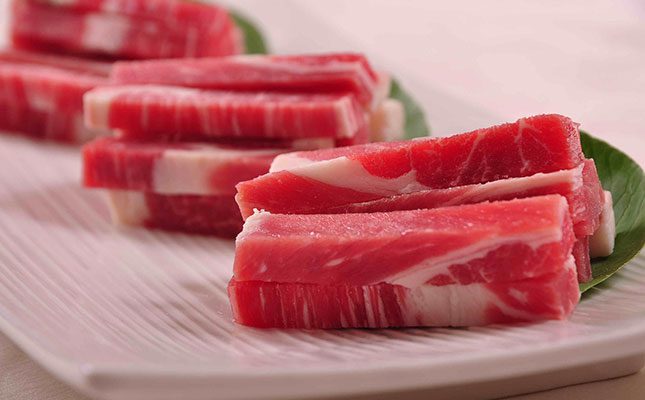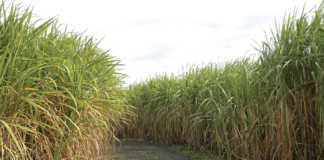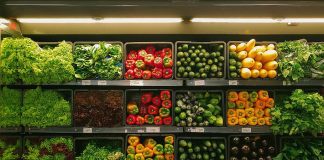
A recent report by the Economic Research Service (ERS) of the US Department of Agriculture (USDA) indicated that the country now has one of the highest per capita meat consumption rates in Asia.
This followed a significant increase in meat consumption in China since the 1970s, and predictions were that it would rise even further in the next 10 years. As a result, the report, ‘China’s meat consumption: growth potential’, stated that due to a decline in its domestic production, China was now the largest importer of meat in the world.
“Growth in China’s meat production […] has slowed due to decelerating population and income growth, animal diseases, scarcity of land for feed and forage, rising production costs, and health concerns. This trend creates new opportunities for exporters in the US and other countries, but it also poses food security challenges and environmental impacts,” the report said.
The report added that per capita meat consumption in China currently stood at 53,9kg/year, which was similar to that of Japan, but was only 50% of the US average. Per capita meat consumption in China was projected to rise by 23kg from 2022 to 2031 based on consumer purchasing data. Pork consumption was, however, projected to increase at a slower rate than the consumption of other meat categories.
China was currently the world’s largest producer of pork, the second largest producer of chicken, while it was the third largest for beef, the report said.
USDA economists Fred Gale and Fengxia Dong said in the report that, at present, meat provided 19% of Chinese consumers’ daily calories, compared with 4% in the 1960s. “Pork is the dominant meat at 40kg/person annually, or nearly three-quarters of consumption.”
While prices of meat products in that country had risen faster than that of other commodities since the 1990s, it was found that meat consumption was “relatively insensitive to prices”.
“ERS analysts looked at beef, mutton, pork and poultry and found that the relationship between consumption and prices is inelastic (that is, the demand changed proportionately less than the price)”.
Further findings in the report included:
- Poultry consumption was stimulated by rising pork prices, but substitutability between other types of meats was weak and inconsistent across data sets and estimation techniques.
- Several supply shocks, due to disease outbreaks, resulted in large variations in pork prices.
- Poultry consumption fell during outbreaks of avian influenza when cases occurred in humans.
- Consumption of beef and mutton continued to climb despite large price increases.
“While a significant portion of China’s population still has nutritional deficiencies [due to] low meat consumption, rising incidences of obesity, heart disease and other diet-related diseases have prompted Chinese public health officials to recommend that consumers curb meat consumption,” the report said. “Like with other nations, there is [also] concern about the environmental effects of livestock production.”
In 2021, meat imports made up 9% of the total meat supply in China, compared with only 1% in 2000.












